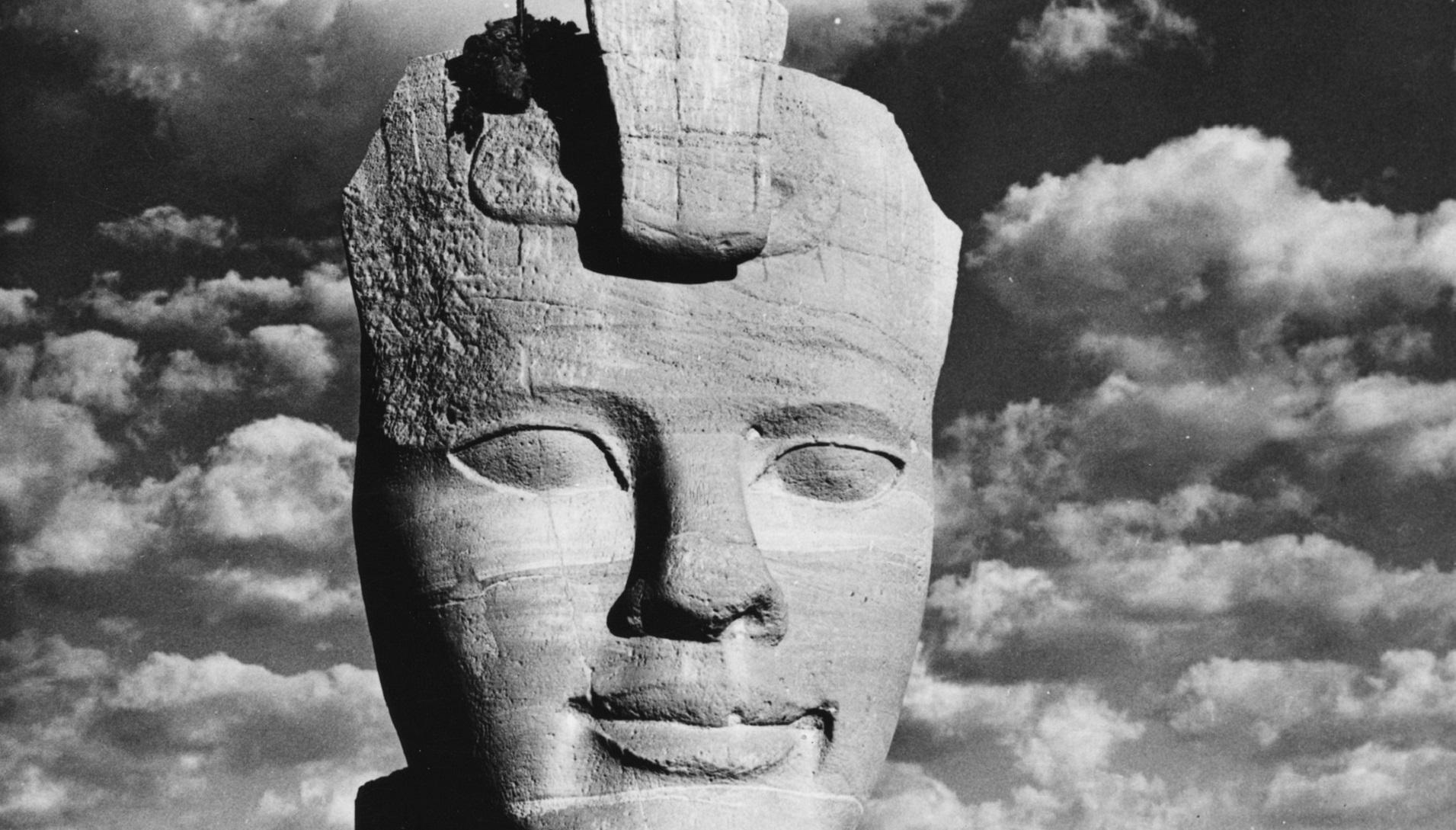Abu Simbel Temples Rescue

The Abu Simbel Temples, which were built by Ramses II in the XIII century B.C. are among the largest and most magnificent monuments of ancient times: they testify for one of the most glorious periods of Egyptian history.
The UNESCO launched a campaign to find a solution to save these monuments, so that they could be admired by future generations.
Thanks to the contribution of 113 countries, a complex dismantling and reassembly operation was carried out, moving the temples to an area that would not have been impacted by the nearby water. The project was organised and planned by a Swedish company. Impregilo received the appointment to dismantle the two temples. These were cut into 1030 blocks, to build the artificial hill, which was similar to the previous one and that would become their new “home”.
The temples were dismantled, stockpiled, transported and rebuilt once again 65 m higher compared to their original position and 280 m more internally. Their original orientation towards the planets and the Sun was also kept.
The work was delicate and the requirements were also unusual. The hill within which the temple was excavated was dismantled using methods that were increasingly precise and delicate.
The first phase included the construction of a cofferdam, which measured 370 m in length and 25 m in height, to protect the temple areas from the rising waters of the Nile. 380,000 m3 of rock and sand and 11,000 m2 of sheet steel plate piles were used.
The majority of the excavation works were carried out without explosives, to avoid endangering the temples by exposing them to vibrations: the only solution was to use manual jackhammers. The inside and the front of the temple needed to be cut with handsaws.
All worksite machines used for transport purposes - 630 tons of excavation machinery, 135 tons of compressors, jackhammers and perforators, 350 tons of lifting machines, 610 tons of vehicles - arrived by sea from Europe.
The temple was rebuilt in an artificial structure, with concrete arches and protective domes, which were made using innovative criteria. Localisation combined advanced technology and techniques that were similar to those used in ancient times: astronomical calculations were carried out to keep the original orientation with respect to the planets so that, just like 3,000 years ago, the Sun could illuminate the deities in the greater temple during the Autumn and Spring Equinoxes.
Abu Simbel was the only project of its kind: no other construction project presented so many testing procedures and projects and technical solutions.
Client: Ministry of Culture and National Guidance, Cairo, Egypt
Technical data
+ + +
Blocks: 1030, each weighing about 20 tons
+ + +
men workforce
+ + +
Work hours